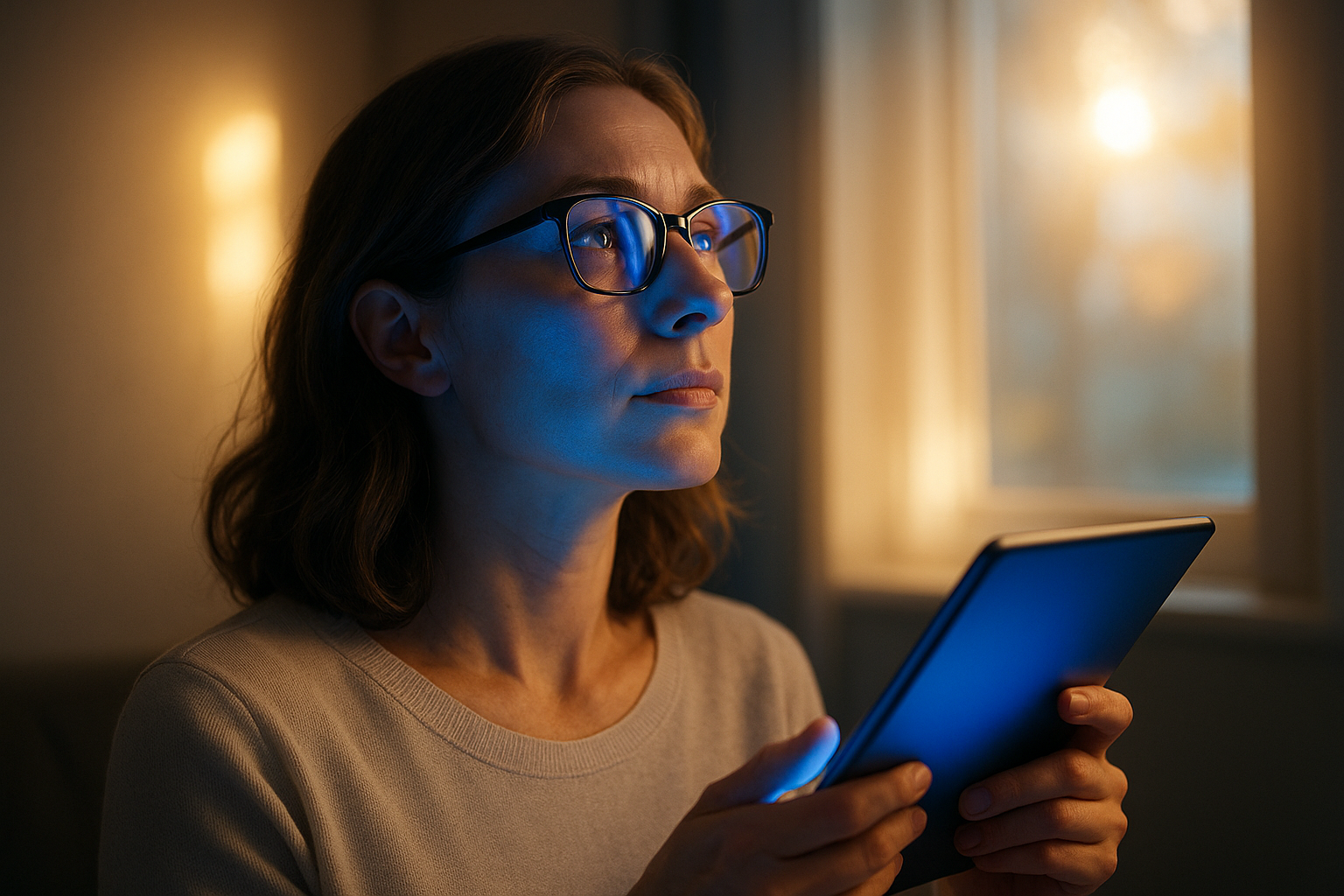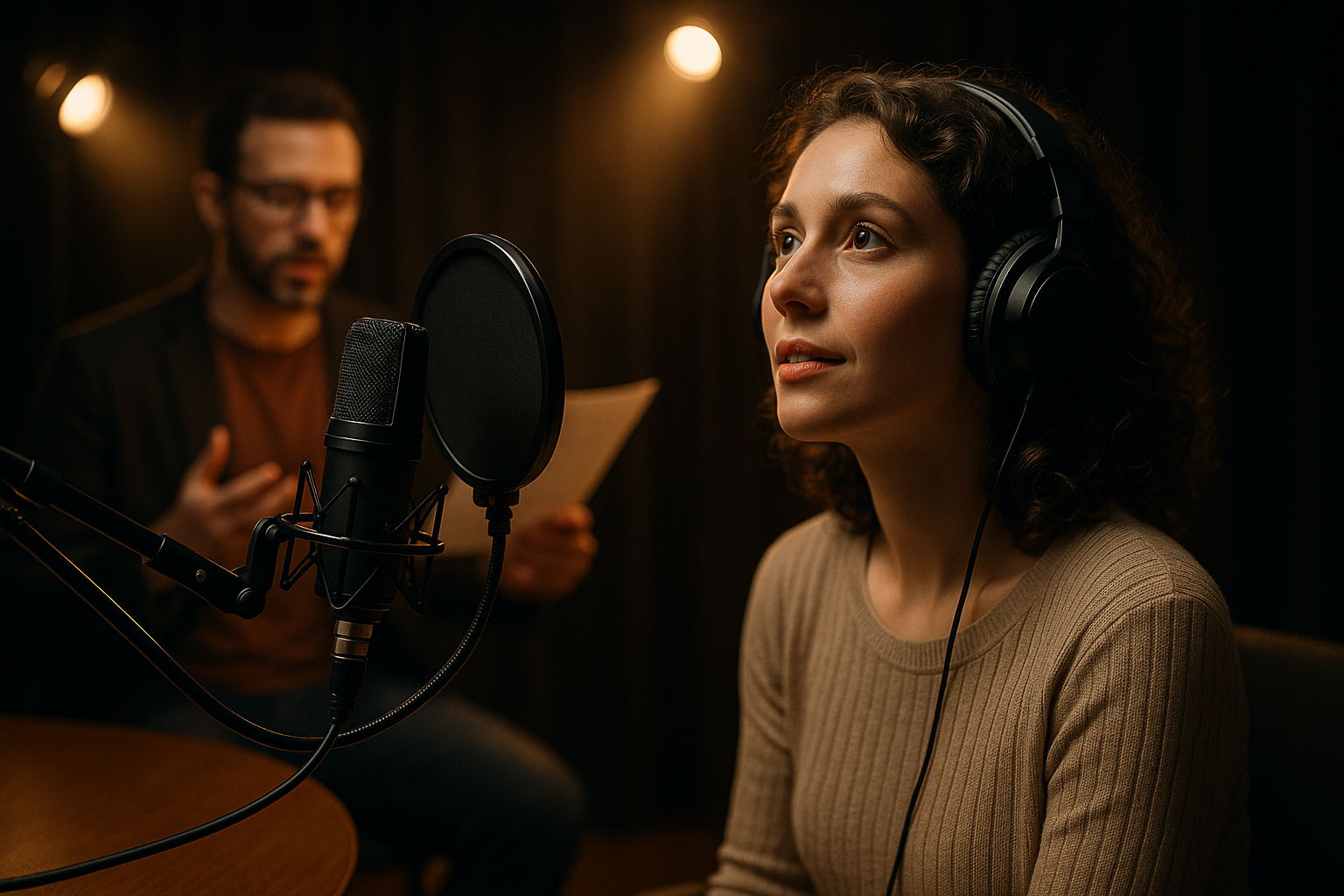Understanding the Role of Blue Light in Our Health and Wellness
Blue light, emitted from the sun and our digital devices, has been a topic of interest in recent years. How does this specific light wavelength affect our health and wellness? Let's delve into the fascinating world of blue light, its benefits, and its potential drawbacks.

The Origin and Science Behind Blue Light
Blue light is a color in the visible light spectrum that is perceived by the human eye. It has a short wavelength, which means it produces a higher amount of energy. Sunlight is the primary source of blue light, but it’s also emitted by digital screens, LED lights, and fluorescent lights.
The human eye is not very efficient at blocking blue light. While nearly all visible blue light passes through the cornea and lens and reaches the retina, prolonged exposure to it may affect vision and could lead to future eye-related issues.
The Dual Nature of Blue Light: Boon and Bane
Blue light plays a crucial role in regulating our body’s internal clock or circadian rhythm. It can boost alertness, improve memory and cognitive function, and elevate mood. Research also suggests that it can help treat seasonal affective disorder, a type of depression that’s related to changes in seasons.
However, blue light isn’t without its drawbacks. Excessive exposure, especially in the evening, can disrupt sleep patterns. It tricks the brain into thinking it’s daytime, reducing the production of melatonin, a hormone that helps us sleep. Moreover, long-term exposure to concentrated blue light from digital screens can lead to digital eye strain and may potentially damage retinal cells.
Mitigating the Adverse Effects of Blue Light
While we can’t escape blue light, we can manage our exposure to it. Here are some research-driven strategies:
-
Limit screen time: Try to take a break from screens every 20 minutes and limit digital device usage two hours before bedtime.
-
Use blue light filters: Many digital devices come with settings or apps that reduce blue light emissions.
-
Wear protective eyewear: Glasses with lenses designed to block or filter out blue light can help, especially for those spending long hours in front of screens.
-
Practice good lighting: Use lights that reduce blue light exposure in the evening, such as red or warm white lights.
-
Get regular eye exams: Regular check-ups can detect early signs of eye strain or other related issues due to blue light.
Surprising Blue Light Facts
-
Blue light exposure from the sun helps regulate our sleep and wake cycles.
-
Blue light boosts alertness and cognitive functions.
-
Overexposure to blue light from screens can lead to digital eye strain.
-
Not all blue light is bad; it’s the timing and intensity of exposure that matter.
In conclusion, blue light plays a vital role in our health, affecting everything from our sleep patterns to our cognitive functions. However, like many things in life, balance is key. By managing our exposure to blue light, we can harness its benefits while mitigating potential risks, leading to a healthier and more productive life.




